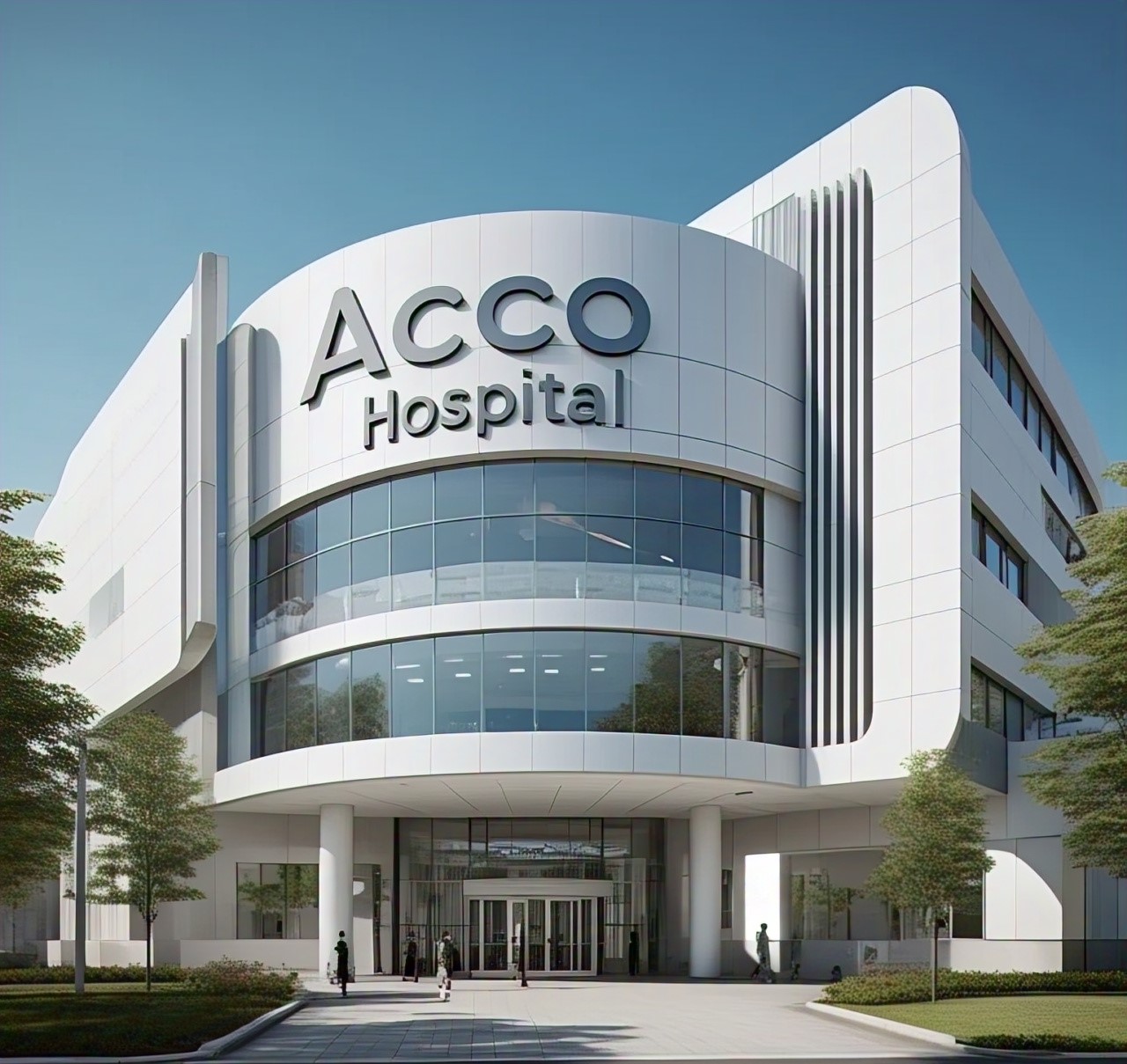
Hospital Designers & Planners: Shaping the Future of Healthcare Environments
In the complex and rapidly evolving world of healthcare, the role of hospital designers and planners is more critical than ever. These professionals are tasked with creating spaces that not only facilitate advanced medical treatments but also promote healing, comfort, and efficiency. Their work integrates architecture, technology, sustainability, and human-centric principles to design facilities that meet the unique demands of patients, staff, and communities.
Who Are Hospital Designers and Planners?
Hospital designers and planners are specialized professionals in architecture, engineering, and design who focus on creating healthcare environments. Their responsibilities include:
- Strategic Planning: Understanding healthcare needs and translating them into efficient, functional designs.
- Architectural Design: Crafting visually appealing structures that comply with healthcare standards.
- Space Optimization: Ensuring seamless workflows for medical staff while providing comfortable environments for patients and families.
- Sustainability Integration: Incorporating eco-friendly practices to reduce energy consumption and environmental impact.
Key Considerations in Hospital Design and Planning
Creating a hospital is far more complex than designing conventional buildings. The process involves balancing form, function, and compliance with regulatory standards.
1. Patient-Centered Design
Modern hospital design prioritizes the needs of patients and their families.
- Healing Environments: Use of natural light, calming colors, and biophilic elements to reduce stress and promote recovery.
- Privacy and Comfort: Single-occupancy rooms and family-friendly spaces enhance the patient experience.
2. Efficient Workflows
Designers work closely with healthcare professionals to streamline operations.
- Proximity Planning: Strategically locating emergency rooms, operating theaters, and intensive care units to minimize transit times.
- Zoned Circulation: Separating public, staff, and patient pathways to enhance safety and reduce congestion.
3. Advanced Technology Integration
Technology is revolutionizing hospital design:
- Smart Infrastructure: IoT-enabled systems for climate control, lighting, and patient monitoring.
- Robotics and AI: Designing spaces for robotic surgery and AI-driven diagnostics.
4. Flexibility and Future-Readiness
Hospitals must adapt to changing needs over time:
- Modular Designs: Allowing spaces to be reconfigured for different purposes.
- Scalability: Planning for future expansions without disrupting current operations.
5. Sustainability and Green Design
Sustainability is a priority in healthcare facility planning:
- Energy Efficiency: Incorporating solar panels, energy-efficient HVAC systems, and LED lighting.
- Eco-Friendly Materials: Using sustainable, low-emission building materials.
- Water Conservation: Installing rainwater harvesting systems and water-efficient fixtures.
The Planning Process: From Concept to Completion
Hospital design is a collaborative effort involving multiple stakeholders. The process typically follows these stages:
- Needs Assessment: Understanding the requirements of the healthcare provider and the community.
- Conceptual Design: Developing initial layouts and aesthetic concepts.
- Detailed Planning: Refining designs to ensure compliance with healthcare standards and regulations.
- Construction Documentation: Creating detailed blueprints and specifications for construction.
- Project Execution: Overseeing the construction process to ensure adherence to the plan.
- Post-Occupancy Evaluation: Assessing the functionality and performance of the facility after completion.
Challenges in Hospital Design
Designing healthcare facilities comes with unique challenges:
- Regulatory Compliance: Meeting stringent health and safety standards.
- Budget Constraints: Balancing high-quality design with financial limitations.
- Technological Advancements: Keeping pace with rapidly evolving medical technologies.
- Sustainability Goals: Achieving eco-friendly designs without compromising functionality.
Why Professional Designers and Planners Are Essential
The expertise of hospital designers and planners ensures that healthcare facilities:
- Enhance Patient Outcomes: By creating environments conducive to healing.
- Support Staff Efficiency: By optimizing layouts for medical workflows.
- Maximize Longevity: By designing flexible, future-ready structures.
- Minimize Environmental Impact: By adopting sustainable practices.
Conclusion
Hospital designers and planners play a pivotal role in shaping the future of healthcare. Their ability to merge cutting-edge technology, patient-centric design, and sustainable practices results in facilities that are not only functional but also transformative. As healthcare demands continue to grow, their expertise will remain essential in building environments that meet the needs of both today and tomorrow.



